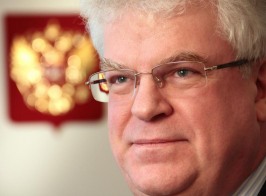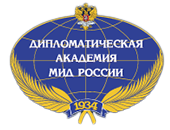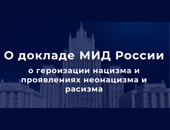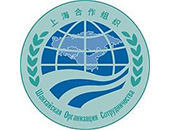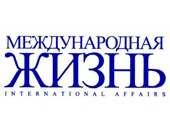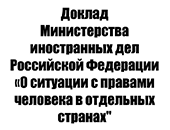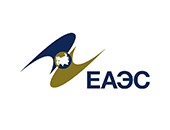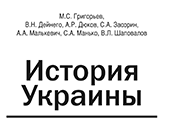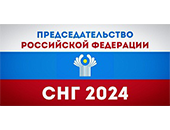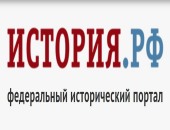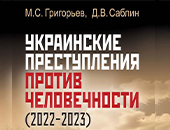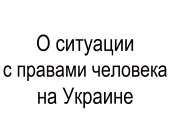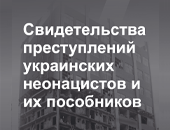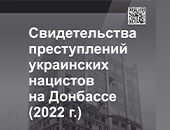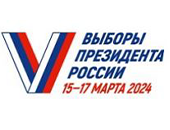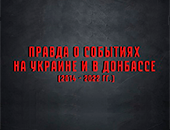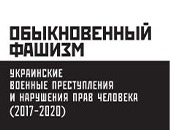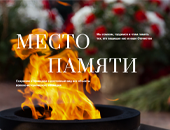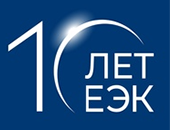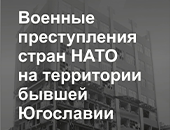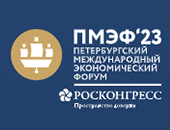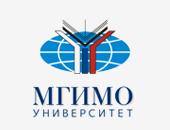Article by Permanent Representative of the Russian Federation to the EU Ambassador Vladimir Chizhov for the Baltic Rim Economies Review (BRE), November 2017
In December 1994, only months after Russia and the EU had signed the Partnership and Cooperation Agreement, which was to guide their relationship for decades to come, the CSCE Budapest summit proclaimed the creation of a “genuine partnership” of states in a Europe “whole and free”. This mirrored the emerging post-bipolar philosophy of a more cohesive pan-European order devoid of dividing lines, in essence a “common European house”.
Sadly, today this venerable objective seems utopian at best. In the Russian view, the subsequent policies of NATO and EU enlargement, export of democracy and erosion of continent-wide arms regimes have put to rest any hopes for a truly inclusive governance of Europe. The 2013-2014 Ukrainian crisis, provoked in part by the divisive “Eastern Partnership” initiative (and its inherent politicised choice between Russia and the EU), exemplifies this. The resulting sanctions standoff has disproportionately affected European, rather than US, economy, shredding local jobs and disrupting trade. Above all a sense of instability is once again looming large in the people’s minds on our war-torn continent. Even the seemingly more secure Western Europe is struggling, with Brexit and elevated Euroscepticism highlighting the loss of continental balance.
Could this lamentable development have been avoided? Back in 2005 Russia and the EU charted a course towards a set of common spaces, ranging from the economy to research and education to security and international cooperation. The relationship, while not without its difficulties (then again, no third country has so far claimed to enjoy an unproblematic relationship with the EU), has underpinned booming trade, with bilateral turnover growing over ten-fold since 1994, reaching 338.5 bln. euros in 2012 – practically a billion euros a day. Even coordinated Russia-EU crisis management in troubled regions of our shared neighbourhood was picking up steam. We were also on the verge of further slashing red tape for bilateral travel of Russian and EU citizens with a visa-free regime in sight. Just imagine a future of borderless travel from Lisbon to Vladivostok, with a state of the art continent-wide economy powered by a highly-educated workforce and low-cost fuel.
Certainly, today’s nascent polycentric world offers alternatives to the more traditional European vector of Russian diplomacy. The past years have witnessed a flurry of economic and diplomatic multilateralism, with trend-setting formats like the G20, BRICS and the Shanghai Cooperation Organisation (of which all Russia is part), at times eclipsing the more exclusive Western-dominated clubs. And where European exporters have been prevented, either by EU unilateral restrictions and Russian countermeasures, or the extraterritorial effect of US sanctions from accessing the profitable Russian market, their competitors from Asia and Latin America have quickly stepped in. In the agricultural sector, for instance, Russia has posted record growth, becoming a prime exporter of wheat (which in the 1990s the country was busy importing).
Nevertheless, even in these troubled times Russia-EU relationship retains considerable potential. Cumulatively the European Union will remain Russia’s No 1 trading partner and investor for the foreseeable future. The Ukrainian crisis may have hindered decisive convergence between our countries but has not removed its underlying motives and benefits. Ever since Peter the Great's foray into Western Europe in the late 17th century via the “Baltic portal”, Russia and other European nations have converted their civilizational, cultural, linguistic and religious proximity into economic interdependence, social modernisation and technological progress. Even the tumultuous 20th century, with its ideological zigzags, has not bucked this trend.
Today Russia and the EU as key European actors must assume responsibility for both eliminating dividing lines in our continent and working to bring stability and prosperity to our shared neighbourhood. Differences will remain, for sure, and a return to a “business as usual” model is unlikely. Rather than trying to reinvent the “strategic partnership” formula, which in the end was not backed up by a partner-like treatment of mutual interests, we should aim for a more sober pragmatic mode of cooperation, based on equality and respect.
Economic interdependence remains an important cohesive factor. The spurt of mutual Russia-EU trade, averaging 28.7%, which was recorded in the first half of 2017, should be used as a stepping stone towards further amplifying coordination, both on a bilateral level, and in the promising relationship between the European and Eurasian bodies of integration. Above all, we should keep our eye on the prospect of a Greater Europe from Lisbon to Vladivostok, unavoidable if we are to finally bury the demons of the past. As President of the European Commission Jean-Claude Juncker correctly observed recently, “there is no European security for centuries to come without Russia”.





